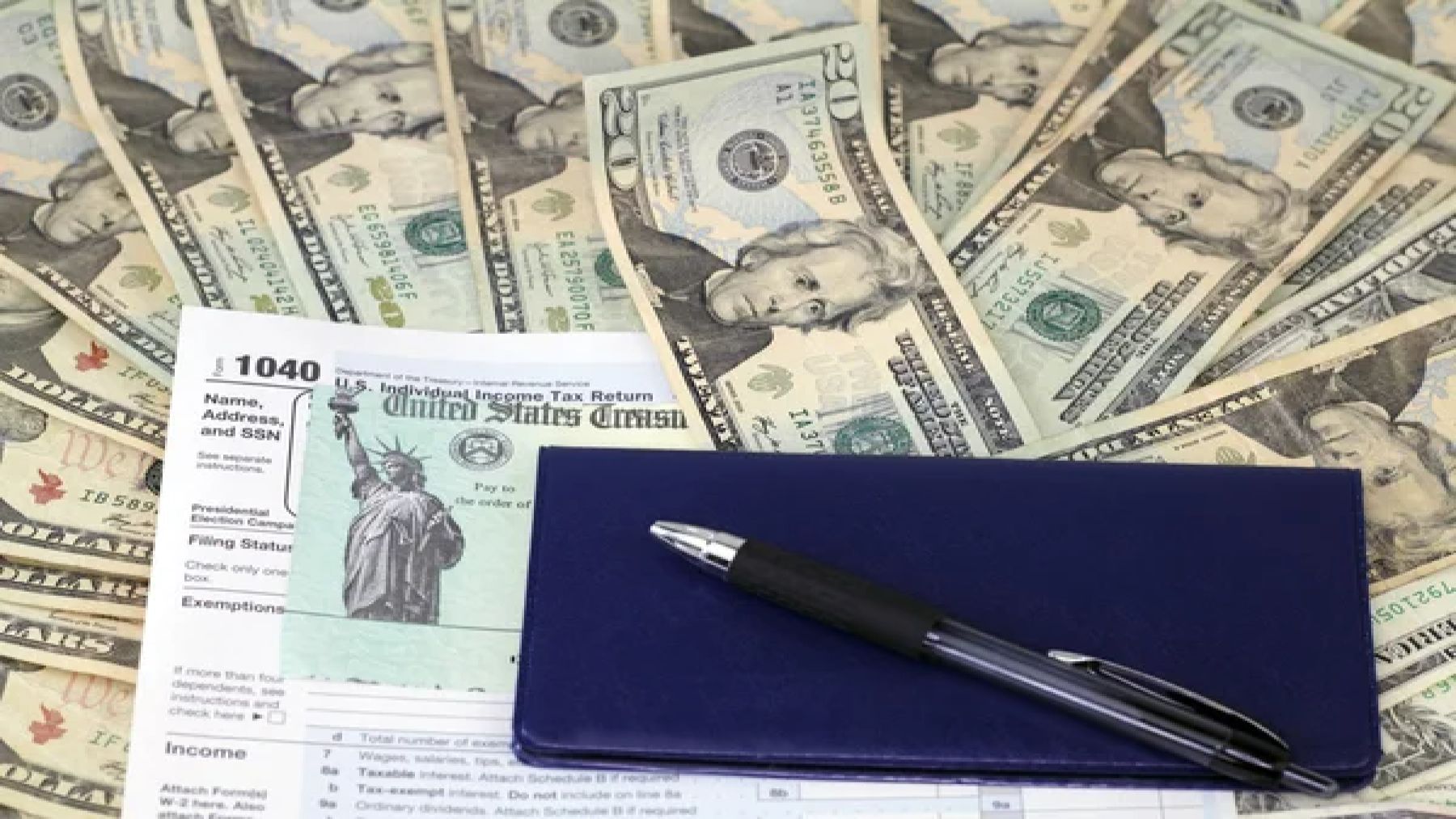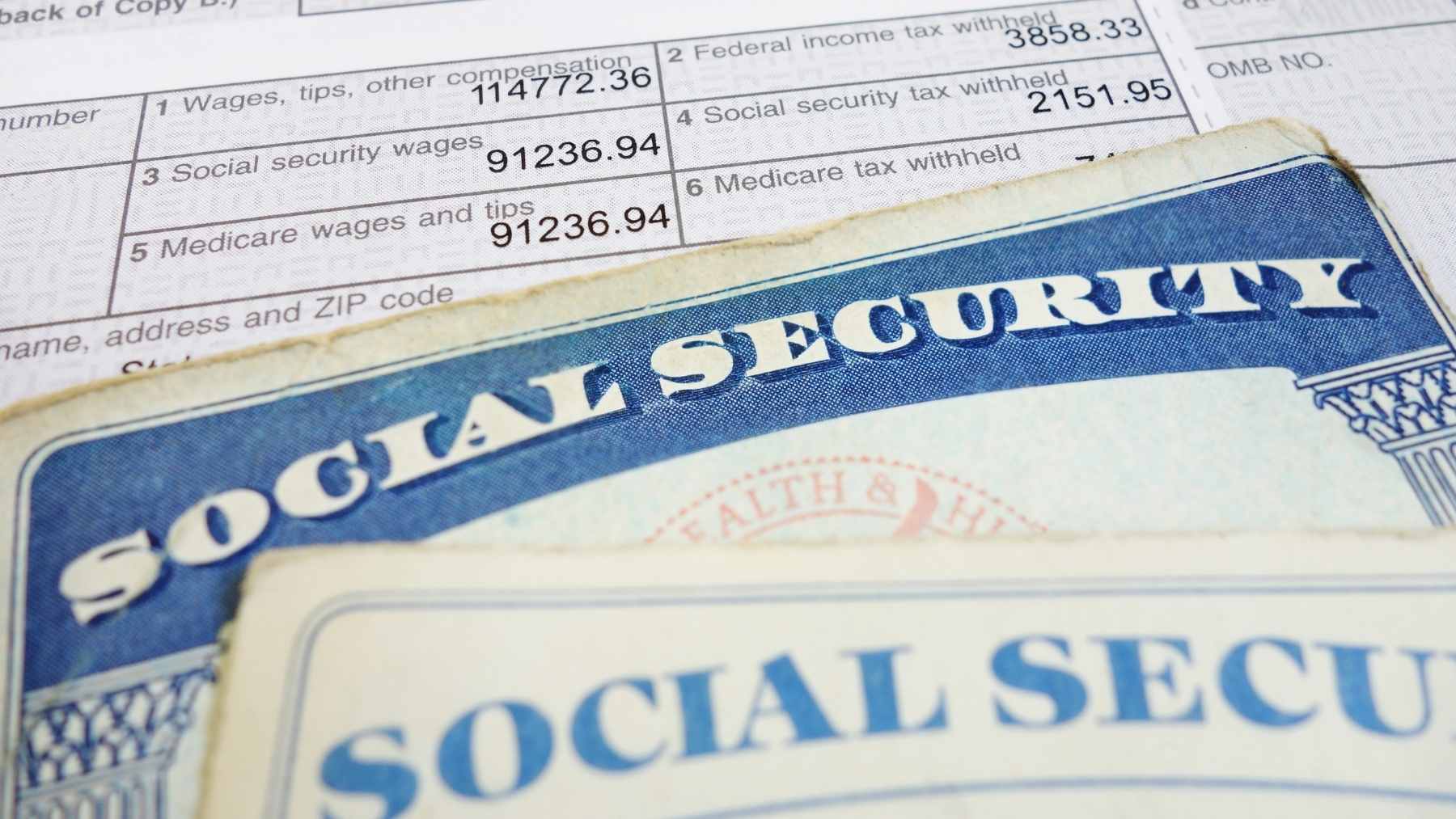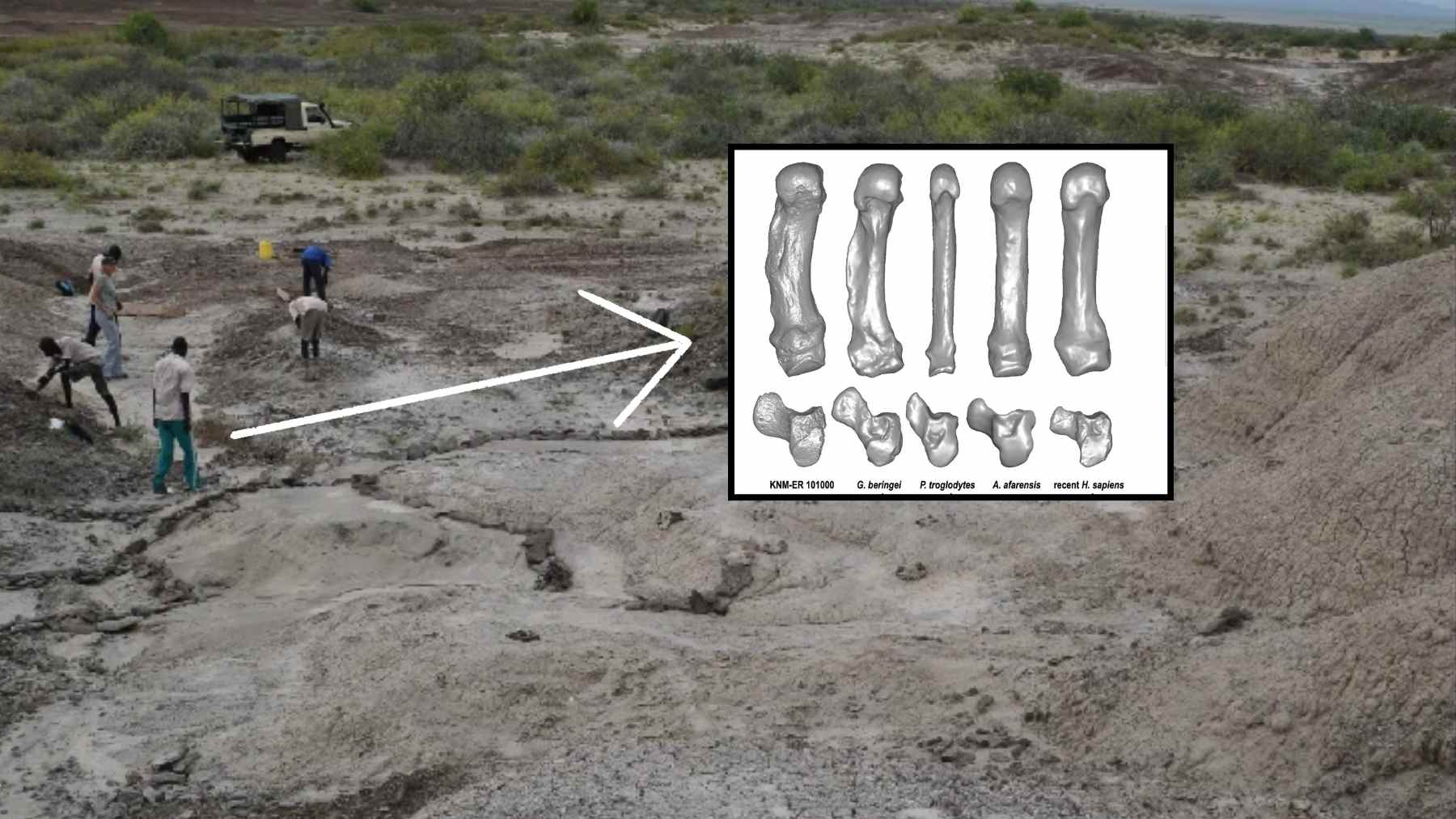With the tax season soon coming to a close, some tax filers can soon start to expect tax refunds to be hitting their accounts. When filing taxes, often, many people overpay the amount of tax liability they owe the Internal Revenue Service (IRS). As a result, the IRS issues you a tax refund. Generally, the IRS has a fast turnaround time for issuing you a refund, especially if you paid your taxes through direct deposit. Some individuals can expect to receive their refunds to arrive tomorrow.
Who gets a tax refund?
Tax refunds are distributed to individuals who have overpaid the amount of tax they owe the IRS. This is usually because most taxpayers have their taxes automatically deducted from their paycheck each month by their employer. Sometimes, this automatic deduction leads to an overpayment of tax. In addition, some taxpayers are eligible to receive tax credits, such as the Child Tax Credit, meaning they get a reduction on the amount of taxes they owe the IRS.
Other times, if you are self-employed, you can overestimate how much tax you owe the IRS. Sometimes, these self-employed individuals make quarterly tax payments throughout the year based on estimates of their income. If, at the end of the year, they have overpaid how much they actually owe the IRS due to overestimating the amount of income they earned in a financial year, they will be reimbursed with a tax refund.
Many taxpayers are also entitled to tax reductions on retirement income, medical expenses, mortgage payments, or charity donations. These deductions reduce the overall taxable income, meaning a refund could be issued to you if your tax liability has been lowered enough to cause you to overpay on your tax liability.
Who gets a refund on Friday, 11 April 2025?
Tax refunds began to be distributed by the IRS on February 15. While the tax season opened this year on January 27, the IRS is barred by federal law to not distributing refunds until February 15. If you filed your taxes on the opening day, the earliest you could expect a refund was mid-February. The reason for this delay is due to the PATH Act, which protects taxpayers against fraud.
For most taxpayers, provided there have been no problems with your return, you can expect to receive a refund within 10 to 21 days of filing. According to the IRS’s official information on refunds, if you used the e-filing and direct deposit method to file your taxes, you can expect to receive a refund within 1-3 weeks. If you filed electronically but sent in a check, you can expect your refunds to be distributed after one month. Statements by mail and direct deposit will take three weeks, and statements by mail and check will take two months.
For tomorrow, if you filed your return electronically around March 21 and chose direct deposit and still did have not yet received your refund, you may receive it tomorrow. However, it is important to remember that there is no set timeline for when you can receive a refund, as it depends entirely on whether you have any problems with your returns and the influx of other people’s returns.
IRS offers tax filing assistance
With the April 15 deadline fast approaching, if you still have not filed your taxes, you may be eligible to receive free assistance from IRS volunteers to file your taxes. If you earn below $67,00, have a disability, need language support, and/or are over the age of 65, you qualify to have free tax preparation from a qualified IRS volunteer. The IRS has free resources online for you to access if you need assistance on where to begin with filing your taxes, especially if you are doing so for the first time.













